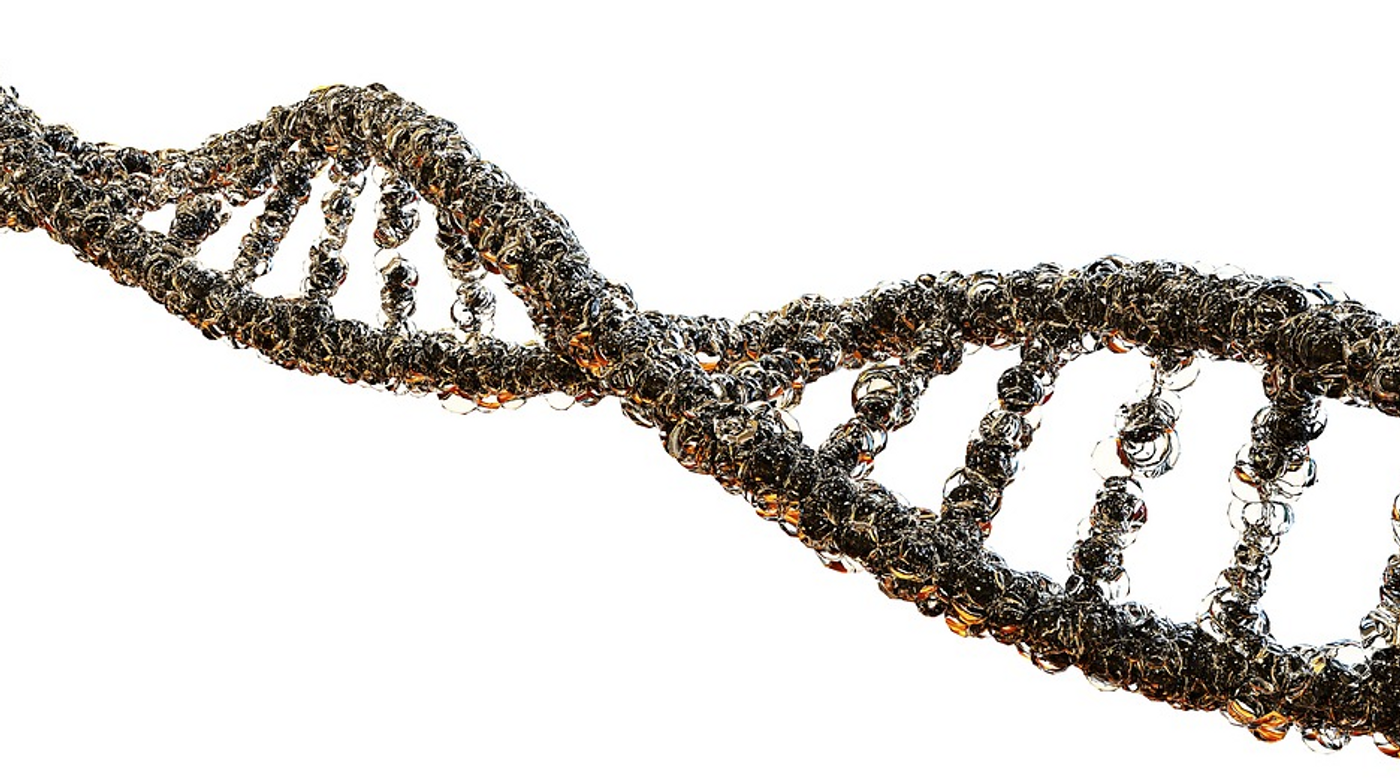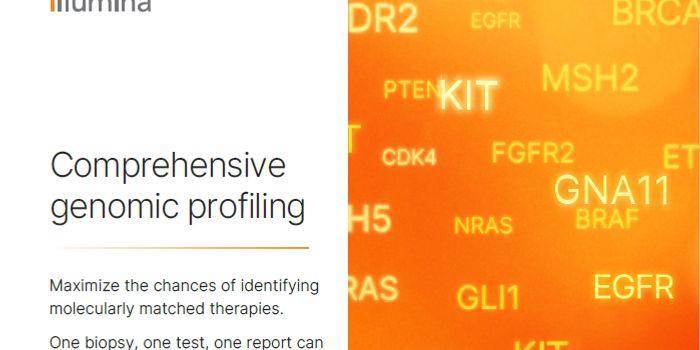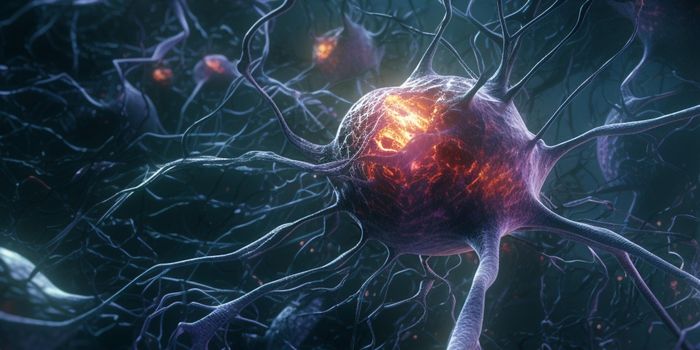An Important Role for 'Junk' DNA
Researchers have long wondered about the possible roles of junk DNA, long strings of genetic material we carry in our genomes that serve no readily apparent purpose when compared with the rest of our genome, which contains genes that code for protein and their associated regulatory regions. Now scientists at the University of Michigan Life Sciences Institute and the Howard Hughes Medical Institute have found that one kind of non-coding DNA, satellite DNA, has an essential function in keeping the genome together. This work has been reported in the journal eLife, and shows that satellite regions are not throwaway sequences, but are required to bundle chromosomes properly inside of the cell, which helps keep it alive.
When studying genes, scientists often look at a feature called conservation, which indicates how similar that gene is across different species. Usually, it’s assumed that genes that have a high degree of conservation have important biological roles. It has been found that many junk regions are in fact highly conserved, which was also shown in this study. The work is briefly described in the video.
The sequences under study, pericentromeric satellite DNA, are very repetitive sequences, accounting for a vast portion of the genome. It does not code for any proteins and had been thought of as an unstable and useless area, susceptible to disease or damage.
"But we were not quite convinced by the idea that this is just genomic junk," noted lead author Yukiko Yamashita, a professor of cell and developmental biology at the U-M Medical School. "If we don't actively need it, and if not having it would give us an advantage, then evolution probably would have gotten rid of it. But that hasn't happened."
To investigate the role of this DNA, Yamashita’s team wanted to remove it from cells and see how they reacted. But these sequences are really long and could not be simply cut or edited out of the genome entirely. To overcome that hurdle, they turned to a protein called D1, which binds to satellite DNA. D1 was deleted from the cells of one of genetics’ favorite model organisms, the fruit fly Drosophila melanogaster. The researchers observed that when they did that, the cells that develop into sperm or eggs, the germ cells of Drosophila, started to die.
Additional experiments showed that in the dying cells, micronuclei, tiny buds outside of the nucleus that contain pieces of the genome, were forming. Since the whole genome was no longer present in the nuclei of those cells, they died.
The scientists hypothesized that D1 binds to the satellite DNA, pulling all of it together in the nucleus. When D1 is unable to do so, the cell’s nucleus carries a genome with missing pieces, killing the cell.
"It's like forming a bouquet," explained Yamashita, who is also an HHMI investigator. "The protein has multiple binding sites, so it can bind onto multiple chromosomes and package them together in one place, preventing individual chromosomes from floating out of the nucleus."
Additional work replicated the findings. In mouse cells, a protein that binds satellite DNA was deleted, and those altered cells created micronuclei and died.
The researchers suggested that satellite DNA is therefore critical for the survival of cells across species.
Sources: AAAS/Eurekalert! via University of Michigan, Wikipedia, eLife









